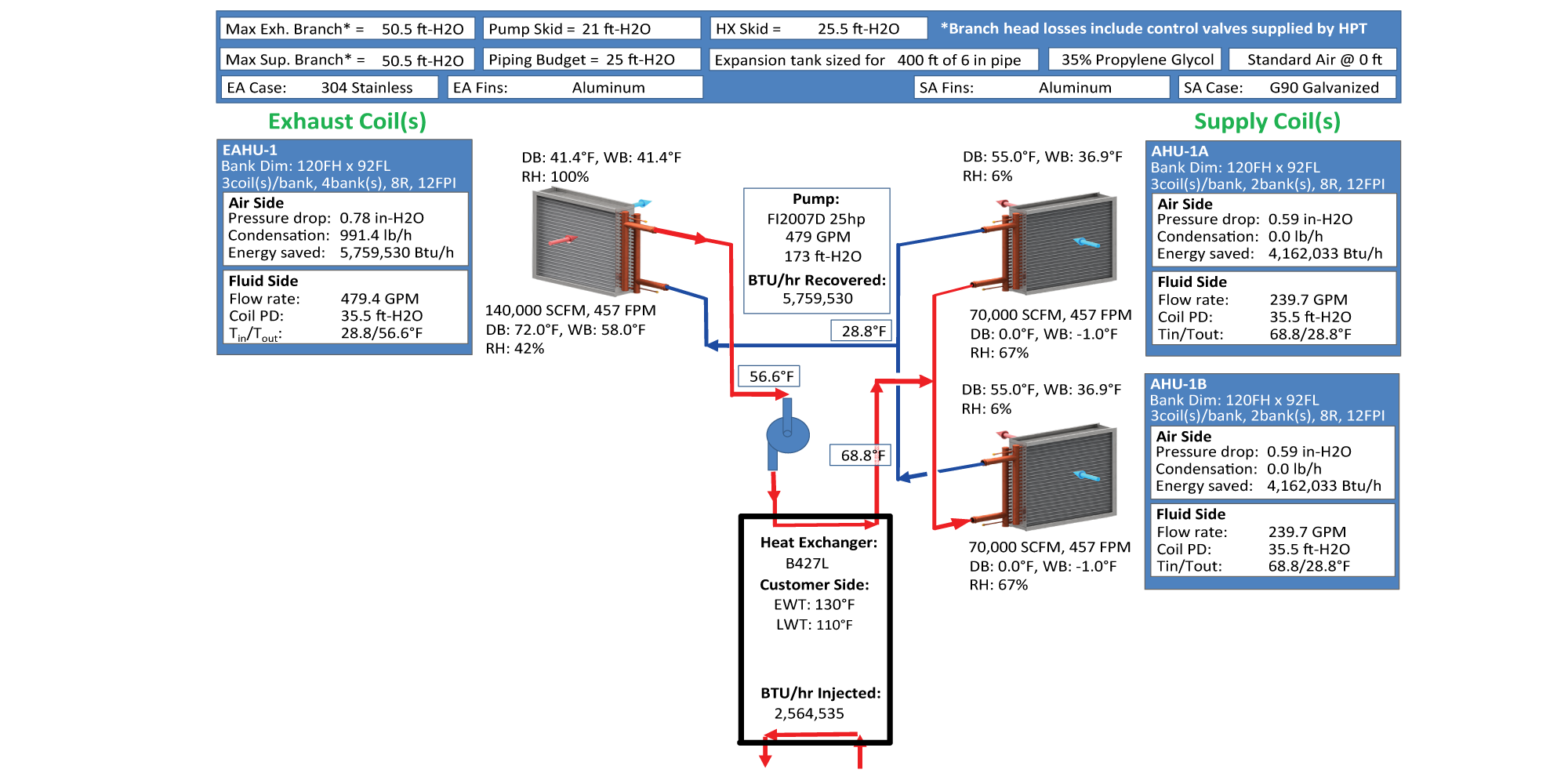Heat Injection
Heat from waste heat sources, boiler systems, heat pumps, steam, etc., can be injected efficiently and economically using the SMART Water Glycol System.
Heat injection is used when the energy recovery system is unable to maintain the supply air set points by using heat recovered from the exhaust airstreams alone. This occurs in winter heating mode. For example, a system with 60% effectiveness and 70˚F exhaust air entering, will be able to maintain a 55˚F set point in outside air temperatures as low as 33°F. Below this outside air temperature the system requires heat input from an additional source, such as hot water.

High Level System Diagram showing how heat injection is used to supplement energy recovery
Heat injection is used when the energy recovery system is unable to maintain the supply air set points by using heat recovered from the exhaust airstreams alone. This occurs in winter heating mode. For example, a system with 60% effectiveness and 70˚F exhaust air entering, will be able to maintain a 55˚F set point in outside air temperatures as low as 33°F. Below this outside air temperature the system requires heat input from an additional source, such as hot water.
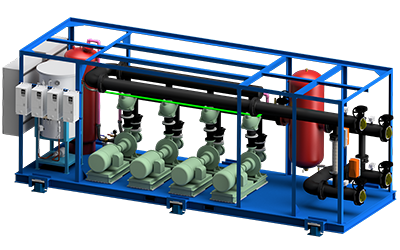
SMART Water Glycol Skid

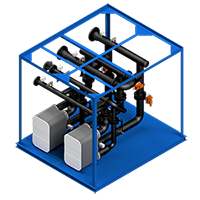
Modular Heat Injection Skid
The SMART Water Glycol system allows up to 18 airstreams on one skid. Each airstream can be individually controlled to its own supply air set point giving design engineers unparalleled flexibility on their system design. The main pump skid controls the amount of glycol that is pumped through the supply and exhaust coils to maintain the individual supply air set points. Plates and frame heat exchangers are used for water-to-water heat exchange and shell and tube heat exchangers are used for steam-to-water heat exchange. Regardless of which option is chosen, HPT has industry-leading solutions for your project.
More than one heat source can be used for heat injection. For example, a building with waste heat from other processes in the building can be integrated into the system design for maximum energy recovery. This does not preclude the inclusion of a boiler, heat pump, etc. which can be brought online should the waste heat source not be sufficient to meet the supply air set points. Furthermore, multiple sources of the same grade heat can be used in parallel instead of in series to meet the heating needs of the building. HPT engineers are always available to assist with system designs to achieve maximum energy recovery and to meet the building needs.
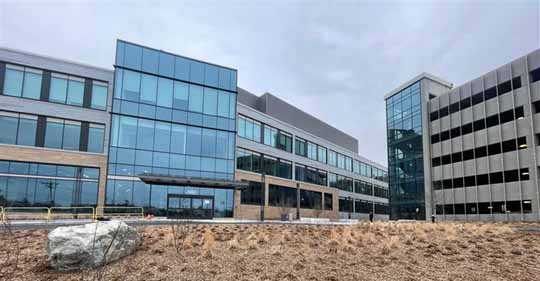
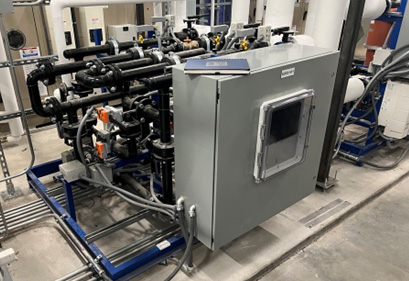
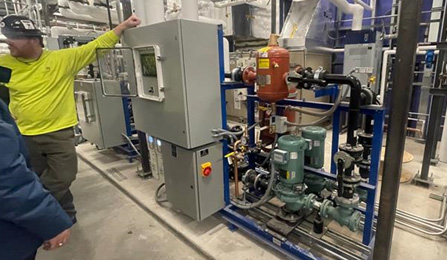
Laboratory Building in Lexington, MA with SMART Water Glycol Heat Injection System
With state-of-the art runaround glycol performance selection and industry-leading controls, the SMART Water Glycol system is the right solution for you. For quick turnaround solutions to your energy recovery needs, reach out to sales@heatpipe.com.
